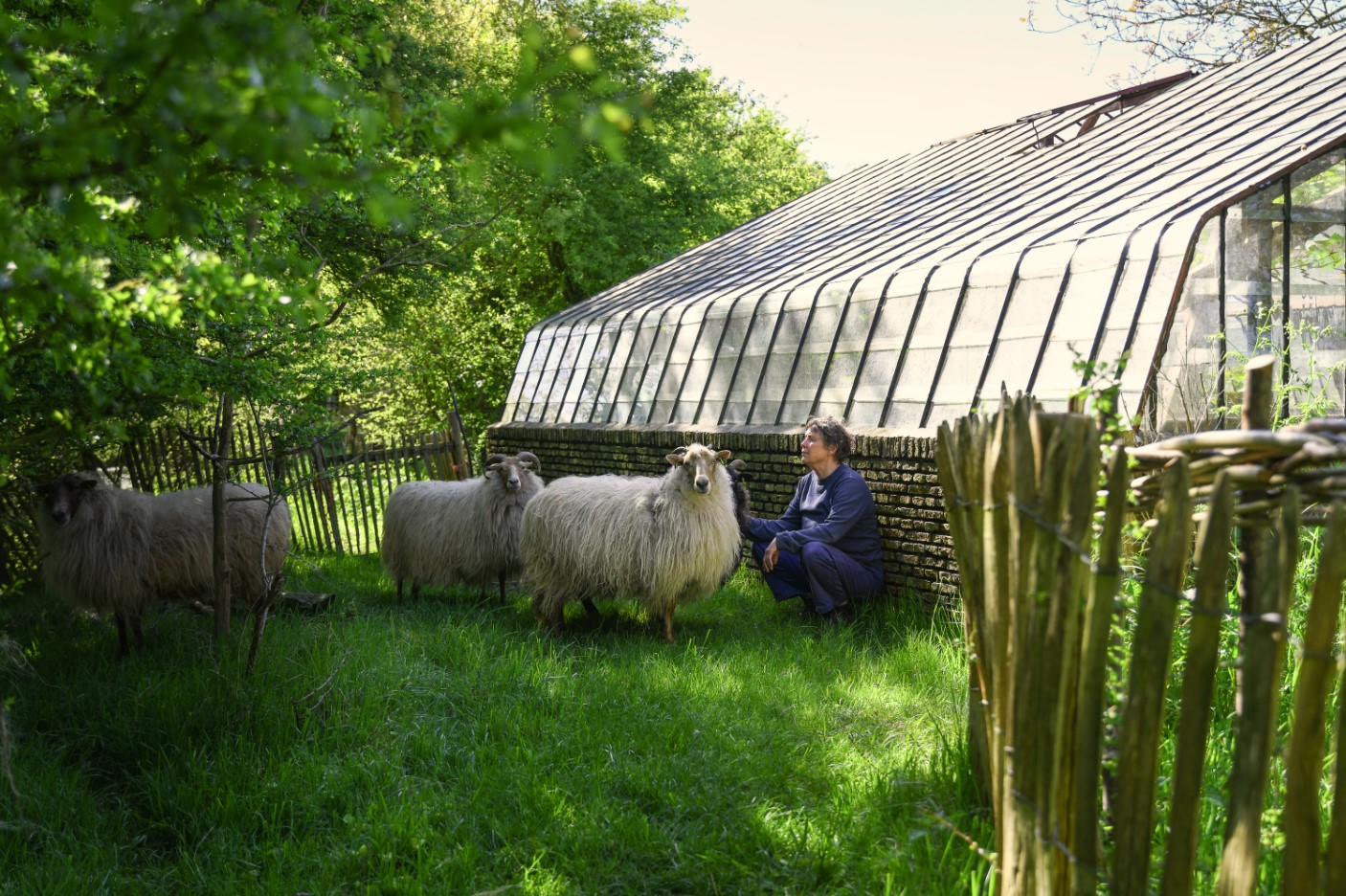Author: Valérie Záhonová • Photo: Iñigo Puerta Uranga
Fiction Factory was established in Amsterdam in 1989. The small two-person company focused on producing theatre set designs eventually grew into a professional studio with dozens of employees. These days Fiction Factory produces anything you can imagine – exhibition furniture, retail, office, and restaurant interiors, complex one-off commissions, but also Wikkelhouse modular and mobile homes, with more than one hundred fifty units sold.
A substantial part of the company’s portfolio is made up of exhibition and retail furniture, which has a relatively short lifespan. Fiction Factory’s product manager Marije Remigius was well aware of this fact and after twenty years at the company, she decided to do something about it. Not that Fiction Factory stopped producing furniture designs, but rather they started to think differently about materials and how they are used.
And so Marije embarked on a search for design methods that allow for simple disassembly and reuse of the materials. Moreover, she and her team are developing a number of other designs that will make it easy to choose low-impact materials and reduce waste from the production process. Scrap wood accounts for nearly eighty percent of Fiction Factory’s waste, with most of the scrap generated from CNC machines. Because individual parts are constantly changing shape, it is impossible to optimise how each CNC-machined panel is used and on average about thirty percent ends up as waste. In other words, Fiction Factory was throwing away the equivalent of two thousand wood panels each and every year.
[[VIDEO:https://www.youtube.com/watch?v=RlgqHNLH2r8]]
Found Objects
The Found Objects project takes aim at this scrap. Fiction Factory, the Institute for Advanced Architecture of Catalonia (IAAC), and Jesse Howard joined forces to create a tool that helps detect unused space on the panel. The solution operates as an open-source plugin for Rhinoceros and Grasshopper. The tool automatically generates pre-set shapes for new parts which fit in the available space, and then cuts them out together with the main parts. As a result, a far greater quantity of usable material can be gained from the panels. So ... what should one do with these new parts?
Designers Iñigo Puerta Uranga, Jesse Howard, and Paola Zanchetta came up with an idea for using the diverse range of saved bits of material, creating furniture, lighting fixtures, and a range of exhibition pedestals featuring a fresh new aesthetic. The creators have unveiled their designs at premier events such as Dutch Design Week and Milan Design Week.
Fiction Factory aims to team up with FabLab and small and mid-sized businesses and to engage the creative community and potential customers in new processes which integrate waste material into the design and production stages. We’ll see whether their open-source tools can be turned into a viable model. Fingers crossed!
Fiction Factory believes in sharing knowledge. Why reinvent the wheel? They share their ideas and designs in the open-source section of their website.




